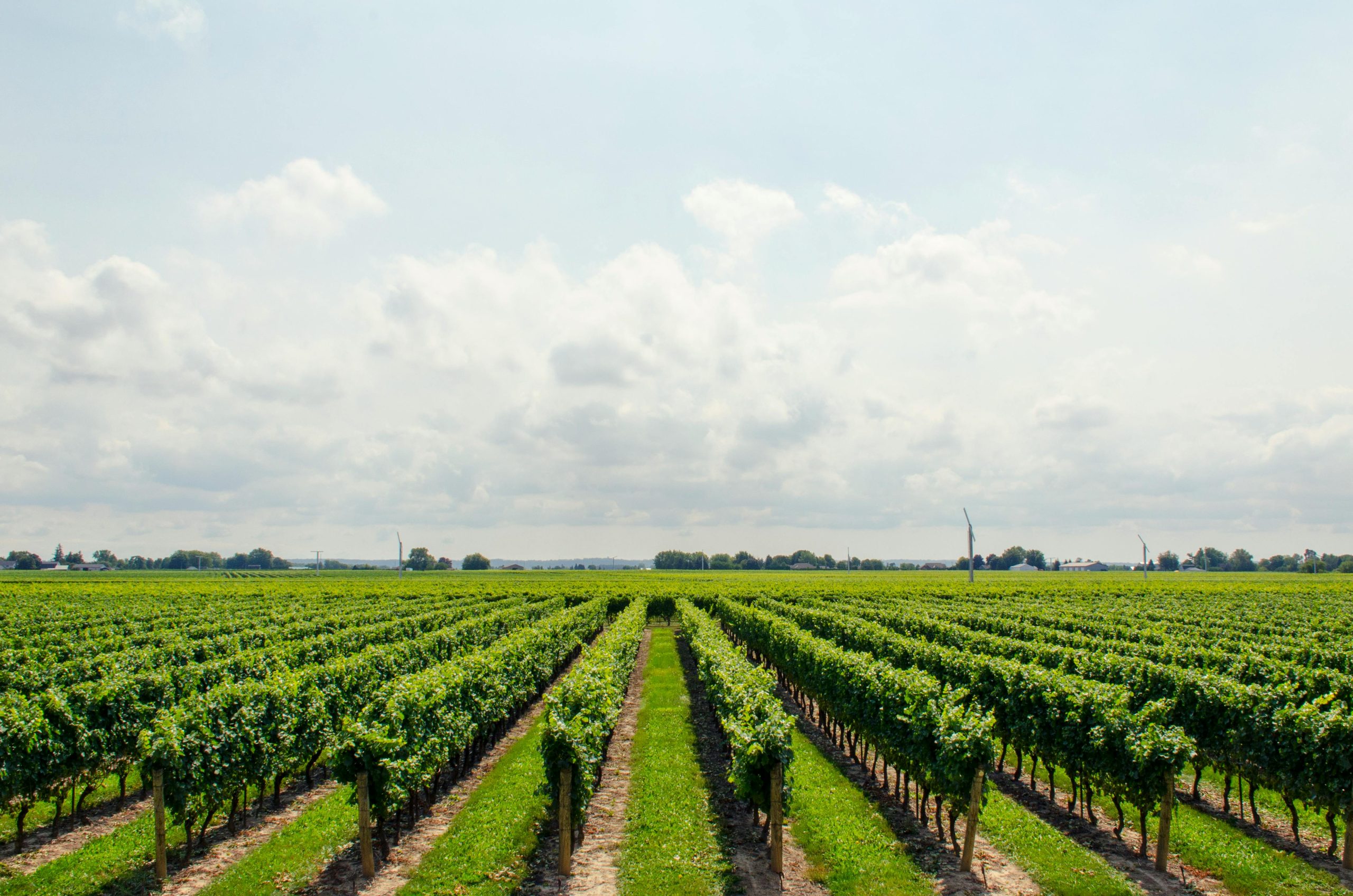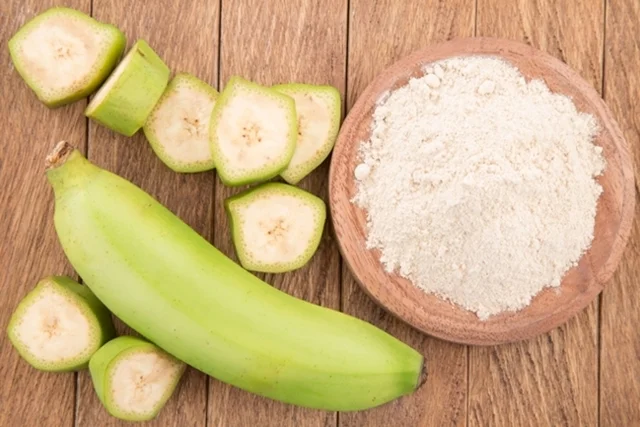Background Water security is necessary for good health, nutrition, and wellbeing, but experiences with water have not typically been measured. Given that measurement of experiences with food access, use, acceptability, and reli‐ ability (stability) has greatly expanded our ability to promote food security, there is an urgent need to similarly improve the measurement of water security. The Water InSecurity Experiences (WISE) Scales show promise in doing so because they capture user‐side experiences with water in a more holistic and precise way than traditional sup‐ ply‐ side indicators. Early use of the WISE Scales in Latin American & the Caribbean (LAC) has revealed great prom‐ ise, although representative data are lacking for most of the region. Concurrent measurement of experiential food and water insecurity has the potential to inform the development of better‐targeted interventions that can advance human and planetary health.
Main text On April 20–21, 2023, policymakers, community organizers, and researchers convened at Universidad Iber‐ oamericana in Mexico City to discuss lessons learned from using experiential measures of food and water insecurity
in LAC. At the meeting’s close, organizers read a Declaration that incorporated key meeting messages. The Declaration recognizes the magnitude and severity of the water crisis in the region as well as globally. It acknowledges that tra‐ ditional measurement tools do not capture many salient water access, use, and reliability challenges. It recognizes that the WISE Scales have the potential to assess the magnitude of water insecurity more comprehensively and accu‐ rately at community, state, and national levels, as well as its (inequitable) relationship with poverty, poor health. As such, WISE data can play an important role in ensuring more accountability and strengthening water systems govern‐ ance through improved public policies and programs. Declaration signatories express their willingness to promote the widespread use of the WISE Scales to understand the prevalence of water insecurity, guide investment decisions, measure the impacts of interventions and natural shocks, and improve public health.
Conclusions Fifty‐three attendees endorsed the Declaration – available in English, Spanish and Portuguese— as an important step to making progress towards Sustainable Development Goal 6, “Clean Water and Sanitation for All”, and towards the realization of the human right to water.


